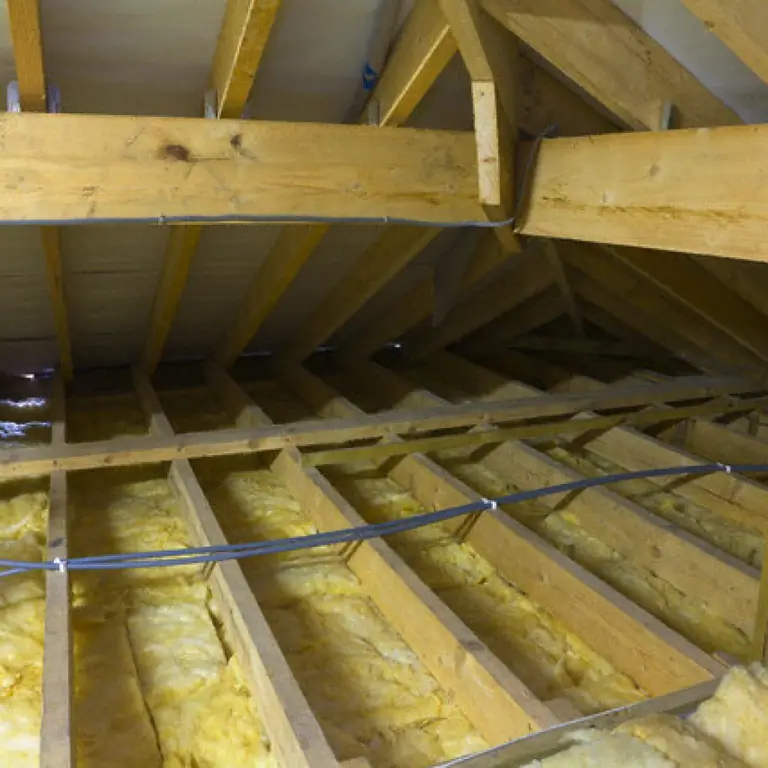
Table of contents:
- Author Bailey Albertson [email protected].
- Public 2023-12-17 12:53.
- Last modified 2025-06-01 07:32.
How to insulate the ceiling in a house with a cold roof

According to researchers of the thermal conductivity of materials and structures, from 25 to 40% of the heat carried by the air leaves through the ceiling in the house. Naturally, this figure varies depending on specific conditions - the type of ceiling, the location of the floors in the house, etc. But be that as it may, the ceiling is the most vulnerable place for heat loss after windows and doors, where there is a direct heat leak. Therefore, it is impossible to underestimate the insulation of the ceiling. Saving materials in this part of construction inevitably leads to further financial costs of heating during the operation of the building.
Content
-
1 Is it necessary to insulate the ceiling with a cold roof
1.1 How best to insulate the ceiling
-
2 Technologies of ceiling insulation with a cold roof
-
2.1 Natural materials for outside ceiling insulation
- 2.1.1 Sawdust and shavings
- 2.1.2 Thermal insulation with clay
- 2.1.3 Insulation with straw
- 2.1.4 Reed as insulation
- 2.1.5 Leaves, dried grass, moss
- 2.1.6 Algae
-
2.2 Artificial insulation for outdoor ceiling mounting
- 2.2.1 Expanded clay
- 2.2.2 Mineral wool
- 2.2.3 Video: how to properly insulate the ceiling with mineral wool in a private house
- 2.2.4 Basalt wool
- 2.2.5 Slag wool
- 2.2.6 Ecowool
- 2.2.7 Video: insulation of the ceiling with ecowool
- 2.2.8 Polystyrene
- 2.2.9 Polyurethane insulation
- 2.3 Video: how to choose a heater
-
2.4 Methods of internal insulation of the ceiling
2.4.1 Video: ceiling insulation for drywall
-
Do I need to insulate the ceiling with a cold roof
In order to understand whether it is worthwhile to insulate the ceiling in a house with a cold roof at all, it is necessary to get acquainted with the structure of the roof as a whole.

The roof protects living quarters from all types of precipitation
The roof (or roof) is the upper part of a building that covers the entire structure
Its main purpose is to protect the building from rain and snow, as well as to drain melt water.
As you can see from the definition, the function of the roof does not include the task of keeping warm in the house. Therefore, it is often designed based on the tasks of drainage, without any insulation.

If no insulation is put into the roofing pie, the result is a classic cold roof design.
Roof shapes are very diverse. Differs in variety and materials from which the roofing sheet is made. But be that as it may, roofers are responsible only for the waterproofness of the roof, but in no case for the thermal insulation. Moreover, in order to avoid damage to materials, the occurrence of stagnant and putrefactive processes in the rafters and logs, it is customary to build the attic in such a way that it is well ventilated. In this case, moisture that is harmful to wood and metal does not accumulate under the coating. It is important that there is no difference in air temperature between the outside and the inside. Then moisture does not condense on the supporting elements, and the roof will last as long as possible.
But this raises the problem of keeping heat inside the building, which is especially relevant in the northern regions. It is solved in two ways, each of which has its own characteristics.
-
Warm roofing device. Such roofs have appeared quite recently, with the advent of synthetic-based insulating materials. An insulating layer is placed on the inside of the roof, completely isolating the attic space from the external environment. Today, builders have learned to insulate the entire roof plane with high quality and at the same time prevent the occurrence of a dew point inside the insulation. The lion's share of the merit in this belongs to the chemical industry, which produces polymer (roll and spray) insulation. The big disadvantage of such technologies is the high cost of installation and materials. But as a result, an additional room appears in the building, suitable for housing or other household needs - clubs, gyms and even saunas are located in the attics.

Warm roof The classic scheme of the device of the roofing cake of the insulated roof involves the laying of insulation and a layer of vapor barrier
-
Installation of a cold roof with insulation of the attic floor. This method is more traditional, used for more than one generation. In this case, there is no need to insulate the roof slopes, all attention is paid directly to the overlap between the living and attic rooms. The space under the roof remains an auxiliary place for storing things, drying fruits, mushrooms, etc. Sometimes the attic is equipped for living in the warm season, turning it into a summer attic. In comparison with a warm roof, this method of thermal insulation is much cheaper. In addition, the big advantage of a cold roof is its simplicity, reliability and availability for repair.

Ceiling insulation When installing a cold roof, the floors of the first floor are insulated by laying insulation plates between the ceiling beams
The choice of the type of roof in the house depends on different circumstances. Below we will consider the second, more common option.
How best to insulate the ceiling
First of all, you need to figure out exactly how to insulate the ceiling: from the outside or from the inside.
From the side of the attic, insulating the ceiling is much more comfortable. This work, frankly, is dusty. And if people live in a house or apartment during the work, then all household utensils and the owners themselves will experience, albeit temporary, discomfort. External insulation has a number of advantages.
- You can use synthetic materials that will harm human health inside the dwelling. For example, polyurethane spraying, one of the most effective thermal insulation coatings, should not be applied to the ceiling from inside the house in the same way as foam, mineral or basalt wool. All of these materials retain heat well, but emit harmful gases and corrosive dust into the atmosphere.
- If the ceiling is made of reinforced concrete slabs, then it accumulates excess heat. When the air inside the house cools down, the stove gives off heat back. But for this it is necessary that the thermal insulation is on the outside.
- If the floor is wooden (logs or beams), then attic insulation is doubly beneficial. The load-bearing elements of the ceiling, which are themselves an excellent thermal insulator, together with an additional layer on top, give a very good overall result.
- The degree of fire hazard with insulation from the attic is much lower. Even if a non-combustible insulation is used inside the house, there is always a threat of collapse of suspended, glued or stretch ceilings.
Ceiling insulation technologies for a cold roof
For insulation, a variety of materials are used - natural or synthetic. Depending on this, various technologies for laying insulation are used.
Natural materials for outside ceiling insulation
They were used even when the chemical industry did not exist. But many people today return precisely to these means of keeping warm in the house. The distinctive properties of such materials are low cost and environmental friendliness.
Sawdust and shavings
The construction of wooden houses generates a lot of waste, including sawdust and shavings. But this is not enough for a full-fledged insulation of floors. Therefore, you have to buy them. Fortunately, the price of such material is usually junk. A large amount of sawdust accumulates at furniture factories and sawmills, you can always agree on delivery. When choosing this insulation, you need to consider three important features.
- The shavings burn well. Therefore, it must be treated with fire retardants.
- The thickness of the layer depends on the region and ranges from 15 to 30 cm.
-
It is recommended to mix quicklime into the prepared dry mass, covering it with a thin layer of slag on top. Lime repels rodents and slag prevents accidental sparks from igniting.

Warming with sawdust A protective layer is laid on top of the sawdust, which protects the insulation from mechanical damage
Clay insulation
Clay itself is an excellent heat insulator. The only drawback is its weight. Therefore, various lightweight options are often used. Straw or wood chips are added to the clay slurry. The proportion is selected in such a way that the coating does not lose its plasticity and easily fills any cracks. The advantage of such insulation is that clay is almost everywhere, it does not need to be further processed - only diluted in water. Usually, a construction trough is used, from which it is then convenient to transfer the resulting mixture to the insulated area. After drying, the resulting cracks are treated with a liquid solution with the addition of sand. The coating layer is adjusted according to climatic conditions. It can be from 15-20 to 30 cm. The main advantage of clay insulation is high fire safety. In addition to using clay as the main insulation, it is often used as an additional coating over combustible materials.

Clay diluted with fillers is poured between the lags and leveled with the rule
Insulation with straw
This type of natural insulation is rarely used today. Mainly due to the fact that it burns very well. But mixed with clay or pressed straw is practically free of this disadvantage. If there is a collective farm next to the building where wheat or rye is cultivated (and rye is preferable), you can order straw compressed into bales of the desired shape. Laying work takes little time and does not require any special tools. At the same time, the heat-saving effect is very high. The optimal layer of insulation is 25-30 cm. Treatment with fire retardants is desirable. The price is very affordable.

Straw compressed into bales practically does not support combustion
Reed as insulation
Reed grows around many bodies of water. Its preparation is a rather painstaking process. For home insulation, reeds are used tied in mats (preferably with metal wire). They are laid between the lags in several layers, while filling the seams and cracks. A distinctive feature of the reed is its resistance to rodents and a long service life. Even if moisture gets on the mat, it does not lose its properties and does not rot. The ignition temperature of reeds is much higher than that of straw or sawdust.

Tied mats made of reed stalks are laid between the load-bearing slabs
Leaves, dried grass, moss
Today this is a rather exotic and rare way of warming. However, it is still used in rural areas, as well as in the construction of hunting huts and forest cordons. Preference is given to the leaves of oak, hornbeam and needles (from moss - lichen). A prerequisite for the use of such a material is dryness and coating on top with a reliable non-combustible material, for example, the same clay or slag. Over time, the grass and leaves are compressed into a hard layer that cannot be set on fire. The initial thickness of the embankment is from 20 cm.

Moss is a versatile insulation that is used not only inside but also outside the building
Seaweed
With tons of algae washed ashore every year, coastal residents have learned to use this natural material to insulate their homes. As a rule, it is Kamka - a type of long, branched algae with a strong structure. Dried and collected in large armfuls, they are evenly distributed over the entire plane of the attic floor. They can be laid even not completely dried - over time, the plants fill the smallest holes and acquire a tough texture. They are not afraid of changes in air humidity, mold and rodents. For a long time, kamka releases iodine accumulated in seawater into the atmosphere, cleaning the air from bacteria.

Algae are mainly used in coastal areas where they are usually abundant.
Artificial insulation for outdoor ceiling mounting
If working with natural materials does not cause big questions for the user, then synthetic insulation requires strict compliance with technological conditions. Failure to comply with the rules of operation sometimes leads to the exact opposite result. Before you carry out the insulation yourself, you should carefully familiarize yourself with the properties, conditions of use and installation technology. This group of materials includes the following heaters.
Expanded clay
A very common insulation that is used in both private and industrial construction. Complies with the fire safety requirements, does not support combustion at all. It is made from clay by foaming and firing. It has a low specific weight, is easy to transport and operate. There are several fractions of expanded clay, depending on the size of the granules. For the insulation of private houses, expanded clay is most often used with a grain size of 4 to 10 mm. When filling with expanded clay mixture, a waterproofing or vapor barrier layer must be pre-laid. This type of insulation is applicable to all types of buildings. Environmental friendliness and an unlimited service life are considered positive qualities. Since expanded clay consists of natural clay,it does not cause any allergic reaction in people with hypersensitivity. Most often, the space between the logs is filled with insulation, which is then covered with boards. But this is not required. It is permissible to use it without additional casing. The height of the embankment is adjusted according to local weather conditions.

A layer of expanded clay is poured into the space between the logs and covered with a layer of vapor barrier
Mineral wool
Mineral wool is made from a silicon-based glassy material. Release form - rolls and mats of different sizes. For private construction, this insulation is recommended only on condition that it does not openly come into contact with the living space. This is due to the adverse effect of fine dust, which the material emits during installation, on the human mucous membrane. Suitable for use in closed structures such as plasterboard partitions, ceilings or walls. When using mineral wool, it is imperative to use a membrane film as a barrier for small particles that spread through the air.

Mineral wool must be laid in rows close to each other in order to exclude the formation of cold bridges
Filling with cotton is carried out only in a respirator and gloves. Once in the lungs, fine dust can cause illness. For best results, the gaps must be carefully filled, the gap between the mats should not exceed 2 mm. The carpet is cut with a sharp long knife.
Video: how to properly insulate the ceiling with mineral wool in a private house
Basalt wool
As the name suggests, this material is made from hard basalt rock. As a result - high strength, ductility and moisture resistance. Mats and rolls of basalt wool covered with metal foil are produced - this increases the thermal insulation properties of the insulation. The range of applications is very wide - from blast furnaces to conventional baths. It can be used wherever there is a need to maintain high temperatures inside an enclosed space. Of all types of construction wool, basalt insulation is best suited for private construction. However, one should not forget that phenol-formaldehyde resins, which are part of the adhesive components, are a common weak link in such materials. Over time, the substance passes a half-life stage and harmful gases are released into the surrounding space. Formaldehyde resins belong to a group of carcinogens that increase the risk of cancer.

When laying foil basalt wool, the metal film is directed down
Laying the mats does not require any special preparation. However, do not forget about the rules of personal safety. You need to cut the roll on a solid support, placing a board under the cut, or with large scissors. The optimal result is achieved if the cotton wool does not wrinkle.
Slag
Insulating residential buildings with slag is not recommended. It is produced from metallurgical waste, in particular, blast furnace slag. It has a low cost, but at the same time absorbs moisture very well, after which it releases acid, which negatively affects other structural elements (especially metals).

The use of slag wool is allowed only for rough assembly work outside the premises
Ecowool
Ecowool appeared on the insulation market relatively recently, it was launched into mass production 5-7 years ago, after it was recognized as one of the best materials in its industry. It is made from natural cellulose by recycling paper and wood waste with the addition of natural dyes and binders. Ecowool gained popularity due to its technological features and the possibility of mechanized laying. Insulation is applied both manually and using special equipment. The ready-to-use liquid mixture is supplied to the insulated surface by a compressor unit with high performance. As a result, a seamless layer of a given thickness is created, which, when solidified, forms a hard crust. From the point of view of fire safety, ecowool belongs to the category of self-extinguishing materials. Manual laying is also quite quick as the mixture is lightweight and easy to handle. Experts believe that ecological wool has a great future in construction.

Mechanized application of ecowool significantly increases labor productivity
There are two ways to insulate with ecowool:
-
Wet. The preparation of the working mixture is carried out in a special installation for spraying. The binder is lignite, which has excellent adhesion. Insulation can be applied to both horizontal and vertical surfaces. It is rarely used for insulating private houses, since it involves the use of expensive equipment.

Ecowool wet installation Before applying ecowool, a metal or wooden crate is mounted on the surface to be insulated
-
Dry. This method is much more affordable, since only an electric drill with a mixer and a large bucket are needed from the tools. The calculation of the batch is made according to the formula m = S * L * p, where m is the mass of the solution, S is the area of the covered surface, L is the thickness of the insulation layer, p is the specific weight of the insulation (ranges from 45 to 65 kg / m 3, depending on the ramming).

Kneading ecowool Ecowool insulation is prepared in a construction bucket using a mixer
Video: insulation of the ceiling with ecowool
Polystyrene
Polystyrene has excellent heat-insulating properties, the composition contains 90-95% air. It is produced in the form of plates and mats of various densities and purposes. However, for all its practicality and affordable price, it is used for insulation in a limited range, due to the fact that it emits toxic carbon monoxide when heated and burned. The disadvantages also include the inability to pass air, which leads to moisture condensation. The technology for laying in wooden floors is simple. Polystyrene sheets are cut to the required size and laid in the same plane between the supporting beams. Fastening is carried out with special adhesives and additional fixation by means of plastic mushroom-shaped dowels. The seams are filled with construction foam, and a thin cement screed (but not less than 5 cm) is poured from above.

If it is possible to select polystyrene sheets strictly for the size of the span between the beams, the insulation will be much more effective.
Polyurethane insulation
Two-component polyurethane foam is intended for industrial facilities in areas with low temperature indicators. The coating is usually two-layer and requires the use of special equipment. The working composition is applied under pressure; at least two people are required to work.
The advantages of polyurethane foam:
- high performance characteristics;
- resistance to mechanical stress and moisture drops;
- good sealing properties. The material covers the entire area with a rigid foamed polymer layer;
- simple processing after hardening - with a knife or saw.
However, it should be said that polyurethane foam spraying is a rather expensive technology, which is used mainly for office premises: hangars, warehouses, garages.

The application of the polyurethane layer is carried out by a qualified operator wearing a protective suit using special techniques
Video: how to choose insulation
Internal ceiling insulation methods
Sometimes, nevertheless, there are cases when insulation has to be done inside a dwelling. For example, if the attic is not available. Then they use internal insulation, which are classified as follows.
-
Frame structures are a type of false ceiling that uses raster elements to secure the finishing material at the desired level. Suspended ceilings are used for insulation both independently and in combination with other insulation:
-
stretch ceiling. They consist of a solid canvas stretched over the entire plane of the room and fixed along the perimeter with metal profiles. The installation of such ceilings is carried out by specialized organizations. It is impossible to independently make and install the canvas, since this requires a cutting workshop and heat guns. But you can insulate the existing ceiling with foam mats without any help. In this case, the same techniques are used as when laying mats in the attic: glue and plastic dowels, fungi. To neutralize the harmful effects of polymers, the insulation is covered on both sides with membrane moisture-proof films. You can fix them with a stapler or double-sided tape. When the installation is completed, you can invite a team of stretch ceiling installers;

Stretch ceiling The installation of the stretch ceiling can be carried out immediately after the insulation of the floor
-
slatted ceilings consist of a load-bearing frame firmly attached to the ceiling and metal (or plastic) slats that form one or more planes. The algorithm for preparing for installation is similar to stretch ceilings, only at the beginning the frame fasteners are mounted (as a rule, wire suspensions), and then the insulation is attached. By itself, the slatted ceiling cannot interfere with heat transfer; it plays the role of a cosmetic cladding. Therefore, it is necessary to install the insulation carefully, having previously putty all the holes and cracks in the ceiling;

Rack ceiling The slatted ceiling does not have an additional heat-insulating effect, therefore the insulation under it must be laid in a dense and even layer
-
plasterboard ceilings are a separate item, since they are recognized as the optimal solution to the issue of finishing floors. Certified materials and technologies (for example, Knauf systems) ensure that the desired result is obtained at the output. Qualified engineers work on the development of systems, all materials are tested. Since leading developers conduct research within the framework of maximum consumer safety, foam insulation is not considered in principle. The danger and risks to humans are too great. Ceilings are insulated only with mineral wool, such as Ursa, Rockwool and others, recognized as minimally dangerous. Rolls or mats are placed in a pre-assembled frame and covered with plastic wrap. Then the gypsum boards are installed. All joints between the slabs are carefully plastered twice with a plaster compound, the gaps between the suspended ceiling and the walls are treated with acrylic sealant. If luminaires are provided in the ceiling, they are installed last. Moreover, it is allowed to use only factory models of lamps in which the rated voltage does not cause the risk of fire.

Insulation of the ceiling from gypsum board The insulation is installed after the installation of the raster structure
-
-
Insulation gluing on the load-bearing ceiling. There is a group of materials designed for ceiling insulation without subsequent cladding. It includes:
-
foam panels. They differ from conventional insulation on the outside. This is usually a decorative surface with a repeating pattern. The thickness of such plates is about 1.5-3 cm. They are lightweight and adhere well to a flat ceiling with glue. Sometimes there are such products with locks along the edges. This increases the tightness of the coating as a whole. In this case, do not forget to lubricate the edges with sealant during installation;

Foam panels Installation of foam panels, in addition to insulation, well masks defects in concrete floor slabs
-
cork lining. It is used in rooms with increased safety requirements. For example, in children's rooms. It has a pleasant natural texture and does not emit toxic substances. Fixed with adhesive sealant directly to the main ceiling. The only drawback is the high price.

Cork panels The cork can be used to insulate not only ceilings, but also walls inside the building
-
-
Special plasters. Such materials for insulation appeared just a few years ago and came to the free sale from innovative industries (aircraft, military and space technology). For example, heat-insulating putty of the Akterm series with a layer of 1 mm is equivalent in its thermal characteristics to 5 cm of foam. Inside the composition are ceramic hollow balls several microns in size. Working with this coating requires special skills. It is important to scrupulously maintain the ratio of all components when preparing the composition. Today, the massive use of such high-tech materials is limited by the price of the product and is rarely used in everyday life.

Putty "Akterm" Water pipes coated with Akterm are not afraid of frost
Video: ceiling insulation for drywall
In conclusion, I would like to note that the insulation of the ceiling is a simple matter. However, it requires precision and accurate knowledge of material properties. Over time, some of the insulation shrinks or becomes saturated with moisture. If you do not respond in time, the level of protection against temperature fluctuations will decrease. Therefore, once a year, you need to do an audit and check the condition of the insulation.
Recommended:
Insulation Of The Roof Of A Wooden House, Including From The Inside, How To Do It Right
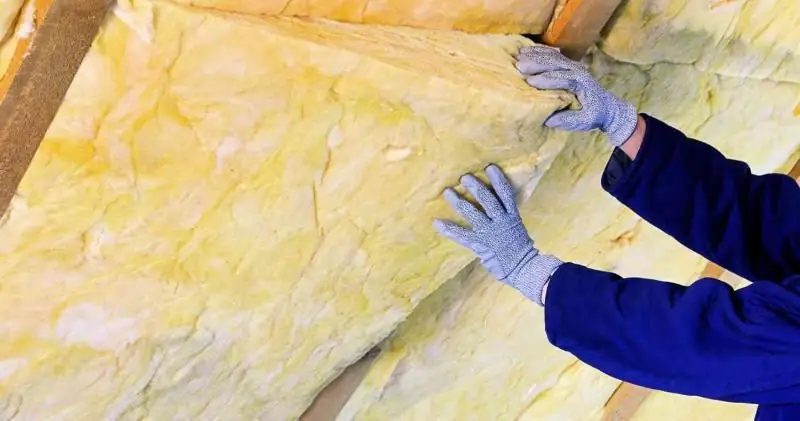
Recommendations for the choice of insulation for the roof of a wooden house. Do-it-yourself roof insulation outside and inside. Features of the device of the roofing cake
The Structure Of The Roof Of A Wooden House, Including The Main Nodes Of The Roof, As Well As What Material Is Better To Use
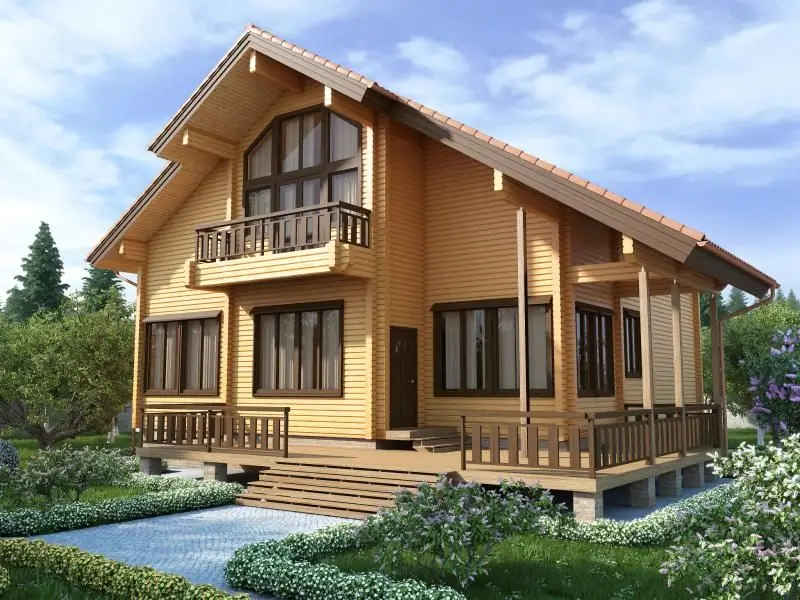
Roof device of a wooden house. The main units, elements and types of roofing. Insulation, decoration, repair and replacement of the roof of a wooden house
What Is The Cost Of The Roof, As Well As How Much Does It Cost To Cover The Roof In A Private House
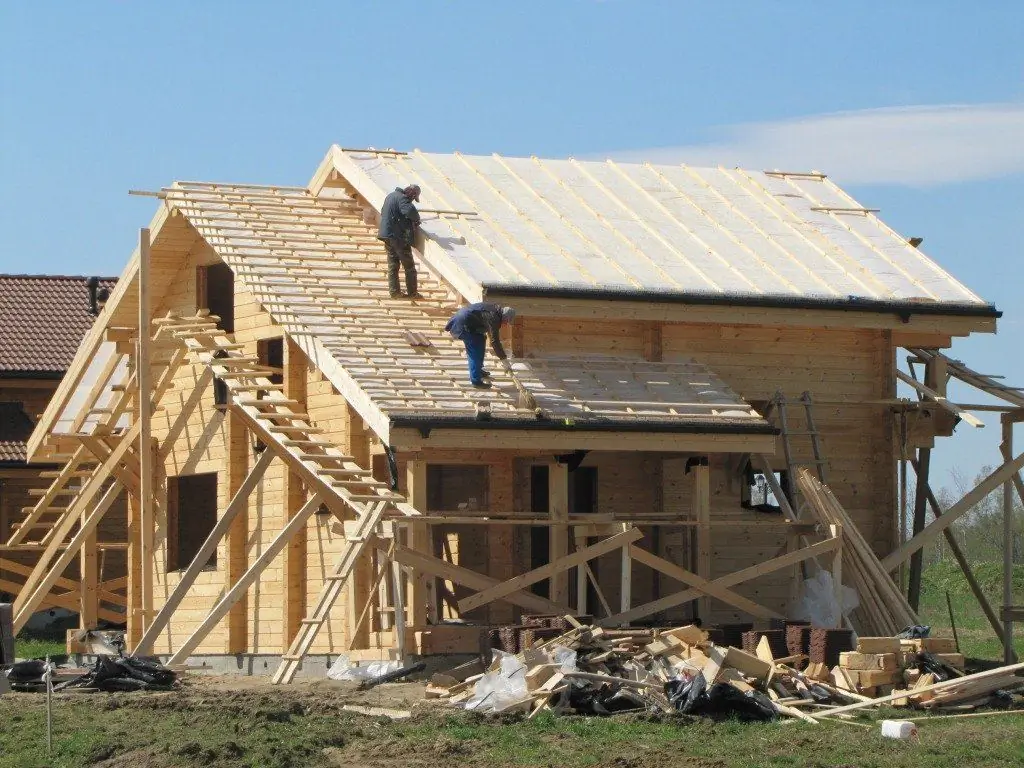
What is the cost of the roof. Calculation of the amount of materials. Installation work. Fare. Minimization of costs in private construction
Waterproofing The Roof With Liquid Rubber, How To Do It Right, Including Preparing The Roof For Work
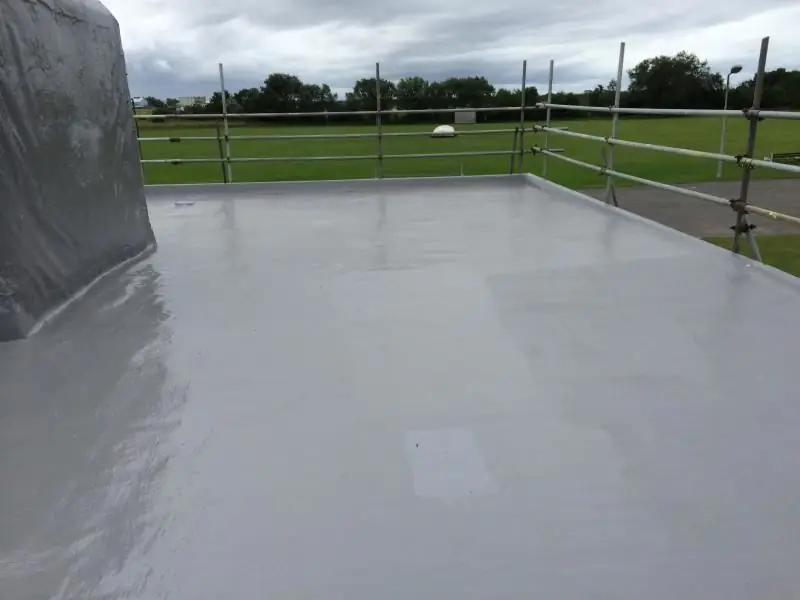
Liquid rubber: properties and characteristics. Calculation of the material. Technology and methods of application. Step by step instructions for work
Installation Of Roof Vapor Barrier, How To Do It Right, Including Which Side To Put On The Roof
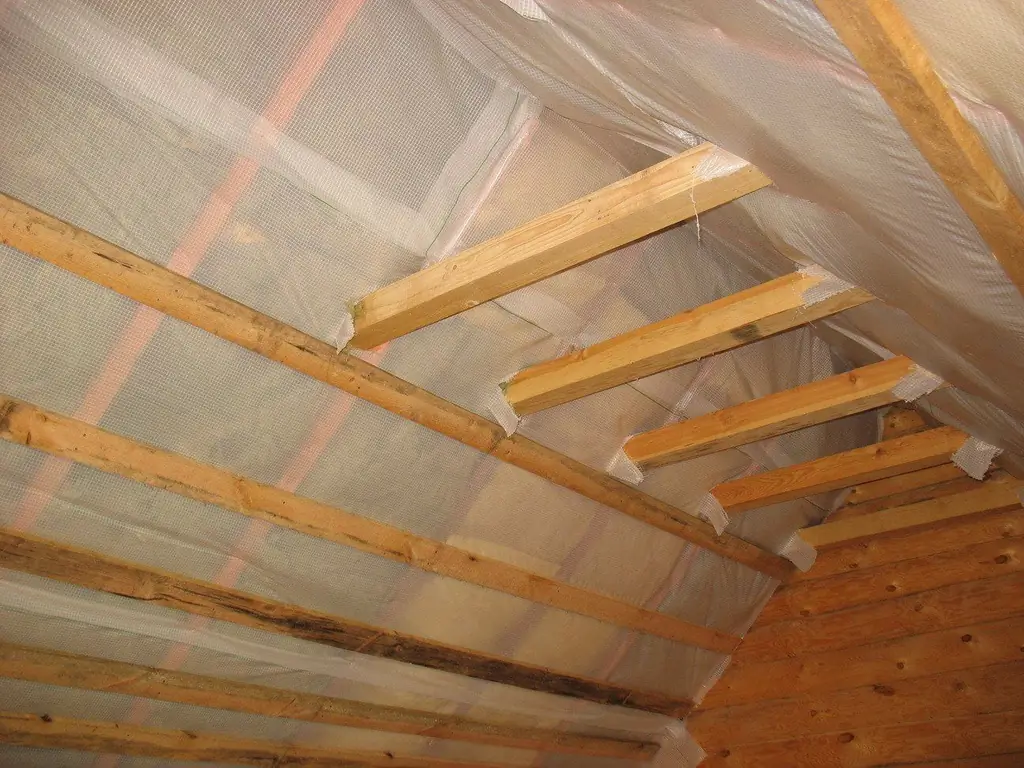
Why do you need a vapor barrier and what materials can be used. Rules for arranging a roof vapor barrier: how to avoid mistakes. Photo and video
